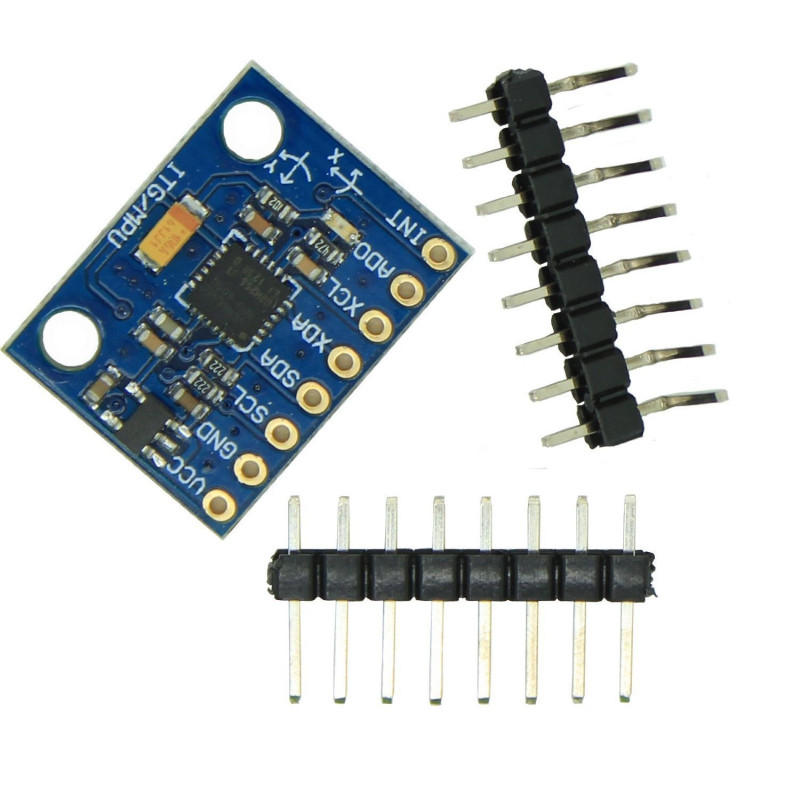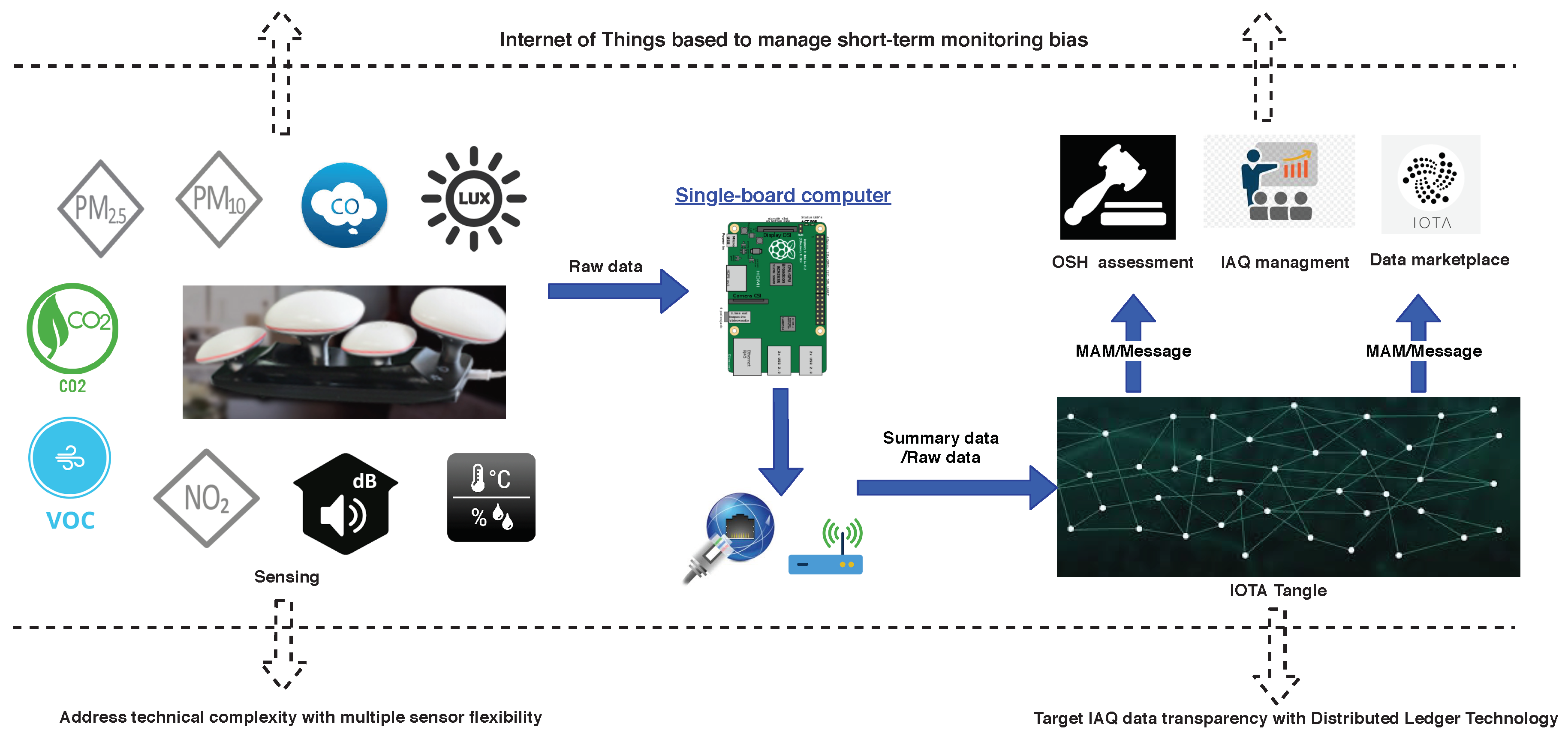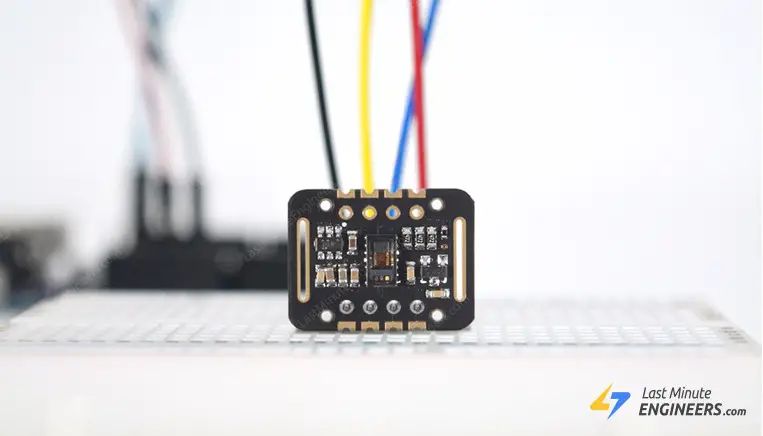How to Use a Gyroscope for Motion Tracking
Gyroscopes are essential sensors in many electronic devices, aiding in motion tracking and enhancing user experiences. From smartphones to virtual reality headsets, gyros play a crucial role in accurately detecting changes in orientation and rotation. Understanding how to use a gyroscope for motion tracking can greatly benefit developers looking to create immersive applications or improve existing ones. In this article, we will explore the basics of gyroscope technology and provide insights on how to effectively utilize it for motion tracking.
What is a Gyroscope?
A gyroscope is a sensor that measures the rate of rotation or angular velocity of an object. It consists of a spinning wheel or disc mounted on an axis, allowing it to maintain its orientation regardless of external forces. Gyroscopes can be found in various devices such as smartphones, drones, and gaming controllers, where they help in detecting changes in orientation.
Types of Gyroscopes
There are two main types of gyroscopes commonly used for motion tracking:
- MEMS Gyroscope: Micro-Electro-Mechanical System (MEMS) gyroscopes are compact and cost-effective sensors used in consumer electronics. They are ideal for applications requiring small form factors and low power consumption.
- Fiber Optic Gyroscope: Fiber optic gyroscopes use the interference of light to measure rotation. They are highly accurate and stable, making them suitable for aerospace and defense applications.
How Gyroscopes Work
Gyroscopes rely on the principle of angular momentum to detect changes in orientation. When the gyroscope rotates, it generates a force perpendicular to its axis of rotation, known as the gyroscopic effect. This enables the gyroscope to resist external forces and maintain its orientation relative to the fixed frame of reference.
Using a Gyroscope for Motion Tracking
When it comes to motion tracking, gyroscopes are commonly used in conjunction with accelerometers and magnetometers to provide accurate orientation data. By combining data from these sensors, developers can create sophisticated motion tracking algorithms that accurately track the device’s movement in three-dimensional space.
Best Practices for Motion Tracking
Here are some best practices to consider when using a gyroscope for motion tracking:
- Calibration: Regularly calibrate the gyroscope to ensure accurate readings.
- Filtering: Use sensor fusion techniques to filter out noise and improve data accuracy.
- Integration: Integrate gyroscope data with accelerometer and magnetometer data for more robust motion tracking.
- Sampling Rate: Adjust the sampling rate to balance between accuracy and power consumption.
Applications of Gyroscopes in Motion Tracking
Gyroscopes are widely used in various applications for motion tracking, including:
- Virtual Reality: Gyroscopes enable precise head tracking in VR headsets, enhancing the user experience.
- Augmented Reality: AR applications use gyroscopes to track the device’s orientation and overlay digital content on the real world.
- Gaming: Gyroscopes in gaming controllers provide more immersive gameplay by tracking movement accurately.
Conclusion
In conclusion, gyroscope sensors play a vital role in motion tracking by accurately detecting changes in orientation and rotation. By understanding how gyroscopes work and following best practices for motion tracking, developers can create engaging applications that provide seamless and immersive user experiences. Whether it’s in virtual reality, gaming, or other applications, gyroscopes continue to revolutionize motion tracking technology.
How to Use a Gyroscope for Motion Tracking
Gyroscopes are essential sensors in many electronic devices, aiding in motion tracking and enhancing user experiences. From smartphones to virtual reality headsets, gyros play a crucial role in accurately detecting changes in orientation and rotation. Understanding how to use a gyroscope for motion tracking can greatly benefit developers looking to create immersive applications or improve existing ones. In this article, we will explore the basics of gyroscope technology and provide insights on how to effectively utilize it for motion tracking.
What is a Gyroscope?
A gyroscope is a sensor that measures the rate of rotation or angular velocity of an object. It consists of a spinning wheel or disc mounted on an axis, allowing it to maintain its orientation regardless of external forces. Gyroscopes can be found in various devices such as smartphones, drones, and gaming controllers, where they help in detecting changes in orientation.
Types of Gyroscopes
There are two main types of gyroscopes commonly used for motion tracking:
- MEMS Gyroscope: Micro-Electro-Mechanical System (MEMS) gyroscopes are compact and cost-effective sensors used in consumer electronics. They are ideal for applications requiring small form factors and low power consumption.
- Fiber Optic Gyroscope: Fiber optic gyroscopes use the interference of light to measure rotation. They are highly accurate and stable, making them suitable for aerospace and defense applications.
How Gyroscopes Work
Gyroscopes rely on the principle of angular momentum to detect changes in orientation. When the gyroscope rotates, it generates a force perpendicular to its axis of rotation, known as the gyroscopic effect. This enables the gyroscope to resist external forces and maintain its orientation relative to the fixed frame of reference.
Using a Gyroscope for Motion Tracking
When it comes to motion tracking, gyroscopes are commonly used in conjunction with accelerometers and magnetometers to provide accurate orientation data. By combining data from these sensors, developers can create sophisticated motion tracking algorithms that accurately track the device’s movement in three-dimensional space.
Best Practices for Motion Tracking
Here are some best practices to consider when using a gyroscope for motion tracking:
- Calibration: Regularly calibrate the gyroscope to ensure accurate readings.
- Filtering: Use sensor fusion techniques to filter out noise and improve data accuracy.
- Integration: Integrate gyroscope data with accelerometer and magnetometer data for more robust motion tracking.
- Sampling Rate: Adjust the sampling rate to balance between accuracy and power consumption.
Applications of Gyroscopes in Motion Tracking
Gyroscopes are widely used in various applications for motion tracking, including:
- Virtual Reality: Gyroscopes enable precise head tracking in VR headsets, enhancing the user experience.
- Augmented Reality: AR applications use gyroscopes to track the device’s orientation and overlay digital content on the real world.
- Gaming: Gyroscopes in gaming controllers provide more immersive gameplay by tracking movement accurately.
Conclusion
In conclusion, gyroscope sensors play a vital role in motion tracking by accurately detecting changes in orientation and rotation. By understanding how gyroscopes work and following best practices for motion tracking, developers can create engaging applications that provide seamless and immersive user experiences. Whether it’s in virtual reality, gaming, or other applications, gyroscopes continue to revolutionize motion tracking technology.



